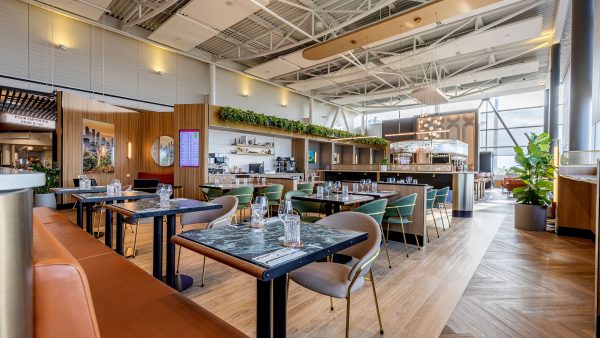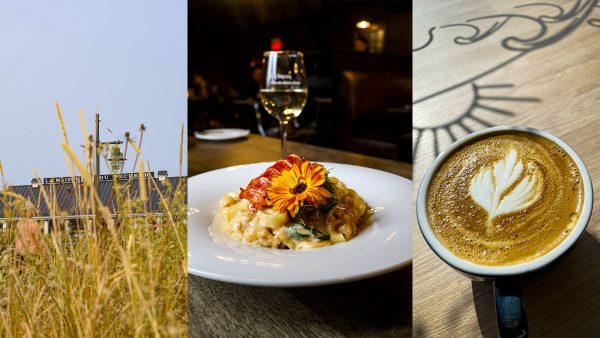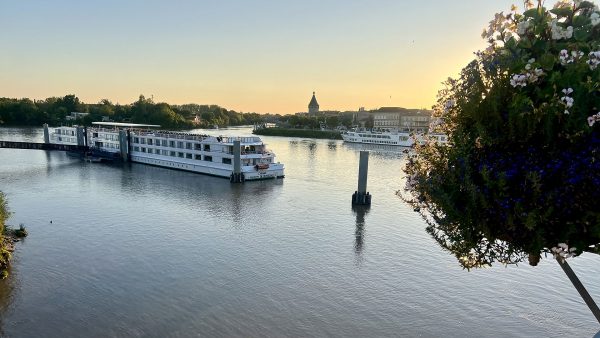In Southern United States to learn about the other
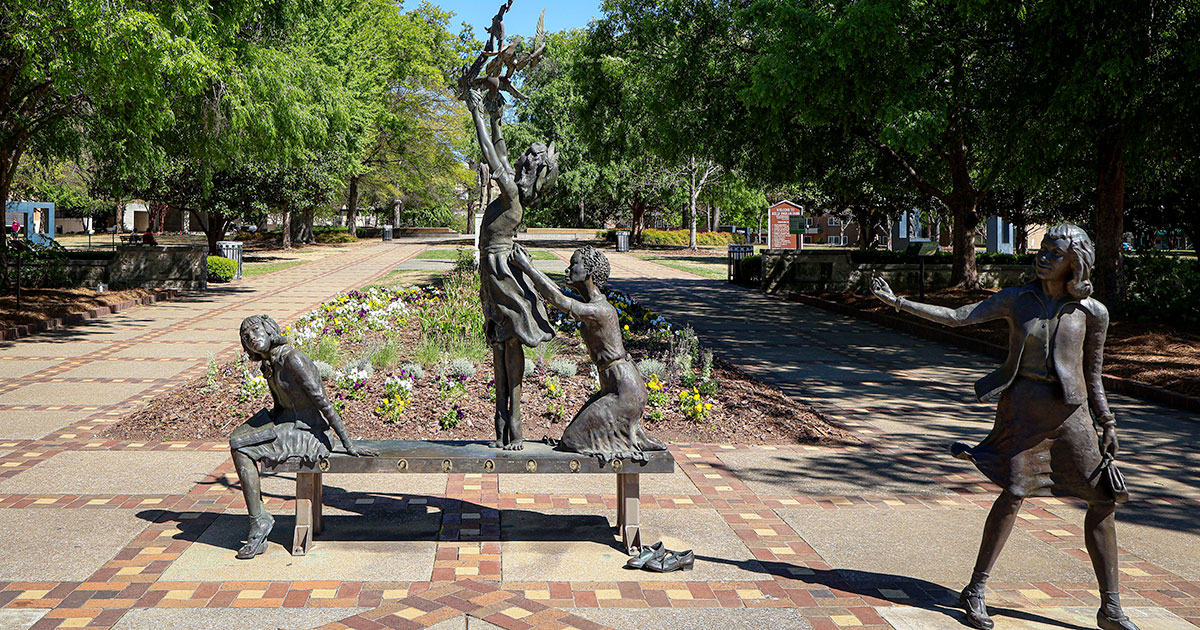
As you read these lines, you may be wondering what this article has to do with ultimate refinement. Well, becoming a gentleman is part of a multifaceted process of transformation that includes accepting others with their differences and uniqueness. As you can see from my photo at the end of this article, I am not black; I am white. From the outside, I thought I had an idea of what it was like to live as a black person, but I was wrong. This spring, at the invitation of Travel South USA (The Southern United States Vacations area), I had the opportunity to visit Birmingham and Huntsville in Alabama, as well as Charleston in South Carolina. From the outset of my trip, which I also call my “black community learning journey,” I quickly came to understand the importance of the civil rights movement and what it means to be a black person. Let me tell you about a meaningful stay that permanently opened my eyes.
Charleston: The Doorway to learn about the Other in Southern United States
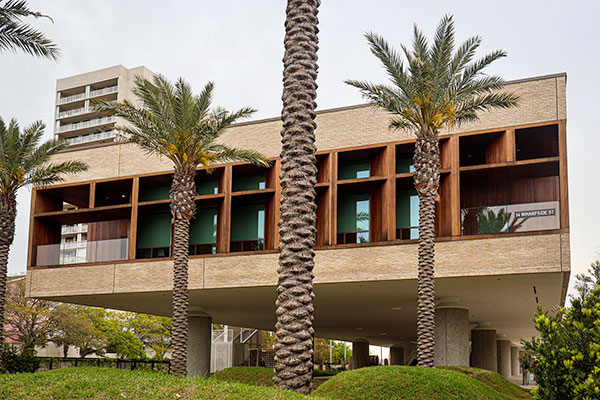
International African American Museum (IAAM) in Charleston, South Carolina
Photo: Normand Boulanger | Gentologie
My journey, in contrast to the trip to the Southern United States, began with Charleston’s International African American Museum (IAAM [above]). Opened in June 2023, the museum is the brainchild of the former mayor of the state’s most populous city, Joseph P. Riley Jr. He believed that Charleston needed to tell its true story through an institution that would shine a light on the ignored and underappreciated facts of the African-American community. So, after walking through the institution’s enormous glass doors, I was suddenly aware of a new reality because of the poignant information presented there. In fact, it was on the sacred site of Gadsden’s Wharf, where the museum is located, that around 40% of African prisoners entered what we now call the United States of America. This slice of history marked the beginnings of the black community in this country.
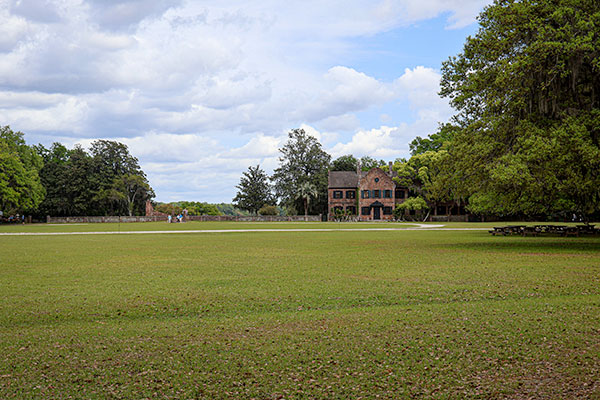
Middleton House in Charleston, South Carolina, United States
Photo: Normand Boulanger | Gentologie
Charleston was founded in 1670 as Charles Town in honour of King Charles II, and is one of the oldest cities in the Southern United States. In the spring of the same year, no fewer than 150 English settlers, servants, and slaves entered via the harbour to settle in the first fully planned town in the Thirteen Colonies. The Thirteen Colonies, part of a group of British colonies on the Atlantic coast of North America in the 17th and 18th centuries, were the scene of many abuses and painful histories. During my visit to Middleton Place, a plantation that came into being in the 1730s, I learned that many slaves worked there, among other things, in the cotton and rice fields. This estate was the point of entry for this community’s history, and its wharf—overlooking the Ashley River—was also the arrival point for 18th-century African-American slaves.
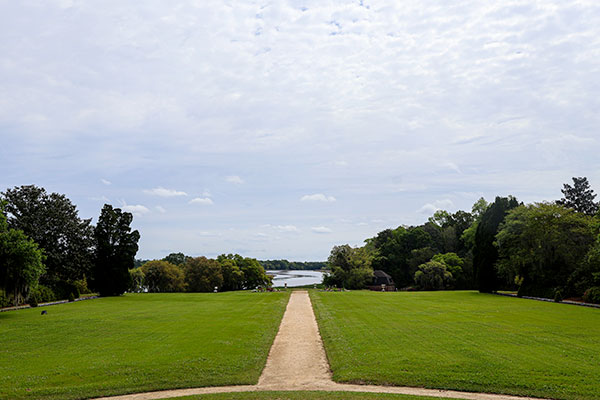
Slaves arrived on the Ashley River behind the Middleton House at Middleton Place
Charleston, South Carolina, United States
Photo: Normand Boulanger | Gentologie
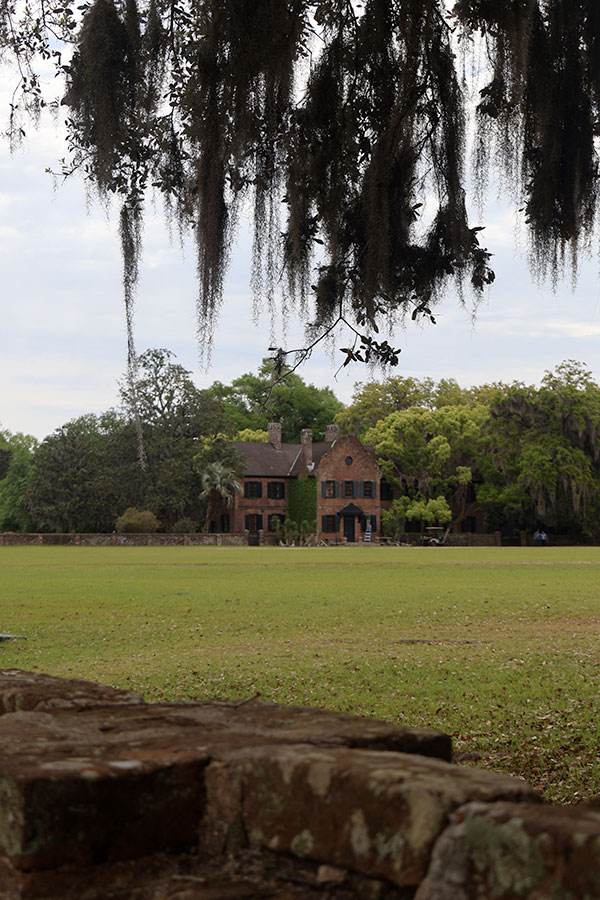
Another view of the Middleton House at Middleton Place
Charleston, South Carolina, United States
Photo: Normand Boulanger | Gentologie
The permanent exhibition “Carolina Gold/Memories of the Enslaved”—Carolina Gold being South Carolina’s premium rice—provides insight into the impact of the transformation of these enslaved humans on South Carolina’s plantations. It highlights the roots of the plantation system, the skills and knowledge of Africans from the rice-growing regions of this continent, and how they and their descendants created the communities, kinship, and resistance to oppression that we still see today. The exhibition also shows their influence on the growth of the lucrative rice industry, which required an imposing human workforce. It was for this reason that many British merchants, particularly in South Carolina, began to accelerate the immigration (the word of the day being “importation”) of thousands of people who had been deliberately condemned to slavery. This was not just for rice, but also for indigo, a shrub found on plantations in the Lowcountry—a geographical and cultural region of South Carolina—as well as on the Sea Islands. Cultivated for international trade from 1747 to 1800, it was Europe’s first source of blue dye.
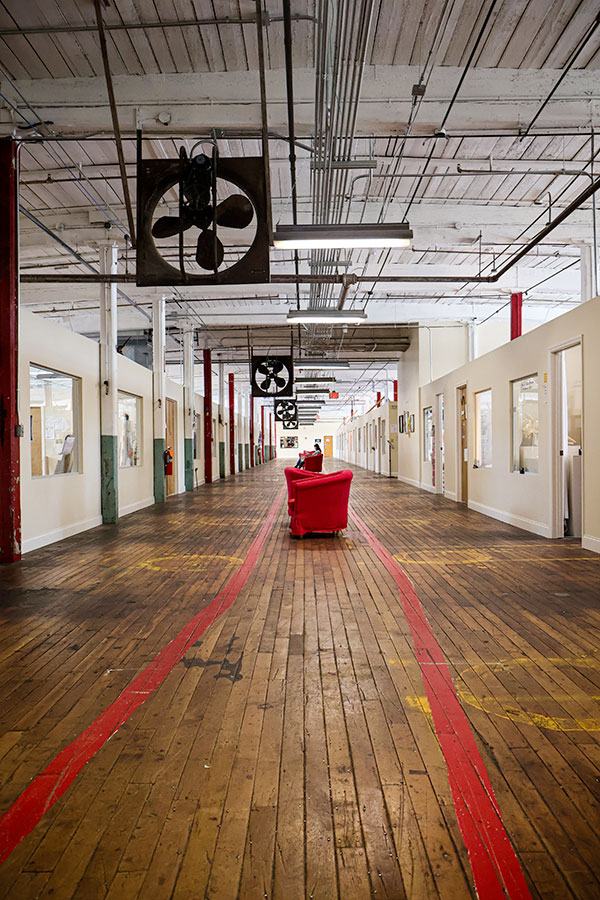
Lowe Mill ARTS & Entertainment
Huntsville, Alabama, United States
Photo: Normand Boulanger | Gentologie
Cotton was planted and cultivated in the United States before the American Civil War (1861–1865). More prevalent in South Carolina and Alabama, both located now in the Southern United States, this material was the source of miserable working conditions for many workers from the black community. I visited the historical Lowe Mill in Huntsville, Alabama. Since its foundation in 1901, it has undergone many transformations over the years to become one of the largest textile mills in the state. Today, it is managed by Lowe Mill ARTS & Entertainment, which currently welcomes over 200 artists and craftspeople.
On the other hand, the town took another turn in 1945 when German Wernher Von Braun, after signing a contract with the U.S. Army, immigrated to the USA with his team of scientists and engineers specializing in aerospace engineering. From then on, Huntsville (in the Southern United States not Ontario) began to assert itself as Rocket City, moving away from cotton fields and textile mills to put forward an ambitious space program, details of which you can see at the U.S. Space & Rocket Center.
Let us get back down to Earth. In the 1800s, Upland cotton was the main cash crop in the Southern United States. Exports were destined for textile mills in the north of the country and in Europe, which produced fabrics and other goods. Grown in South Carolina between the 1700s and 1800s, the Sea Island variant was rarer than Upland cotton. It was destined for luxury fabrics, but working with cotton came at a price, as evidenced by the names of thousands of slaves inscribed on the walls of Middleton Place. It is important to note that plantations were generally run by slaves, and their owners accepted this arrangement, as it encouraged slaves to remain loyal until 1863. This was the year when all slaves were freed from oppression, but it was not until June 19th, 1865, the date on which the Juneteenth celebration began, that Major General Gordon Granger ordered the final implementation of the Emancipation Proclamation to officially put an end to slavery.
But once the slaves were freed, they were not considered humans by the whites. “As slaves, they were seen as inferior and purely as a workforce, so when they came into the ‘real world’ that is where racial segregation, discrimination, and disenfranchisement began,” precise our guide, Mr. Jeff Neale, Curator of Research and Collections at Middleton Place Foundation. With the Jim Crow laws beginning to be put in place in the 1870s, mandated racial segregation in all public facilities in the states of the former Confederate States of America and in some others. Which brings us back to Alabama….
Birmingham: Where it all changed for Southern United States
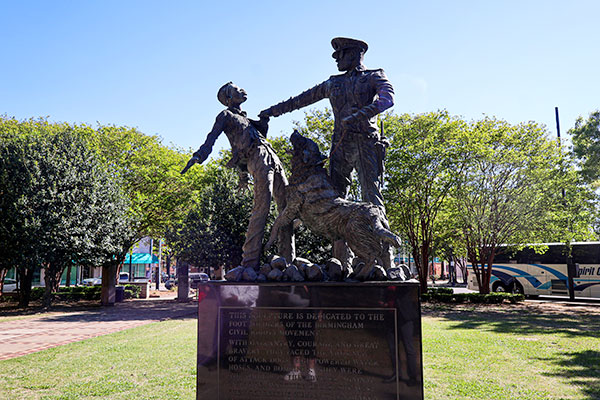
Ronald McDowell’s “Foot Soldiers” Monument At Kelly Ingram Park,
Birmingham, Alabama
Photo: Normand Boulanger | Gentologie
Our visit to Birmingham, Alabama in the Southern United States starts in Kelly Ingram Park, the picture on the article cover, where we meet with the very kindly Barry McNealy, (on the picture below) Birmingham Civil Rights Institute Historical Content Expert. For those who do not know Kelly Ingram Park, I was in your place a few weeks ago. For your information, this is where the large-scale demonstrations took place during the American Civil Rights Movement in the 1960s, something you might not know. “When you think of revolution, you think of the American Revolutionary War, but the battle that was fought in this park was not fought with cannons and muskets, the battle that was fought here was fought with adherence to the principles of non-violence,” said Mr. McNealy.
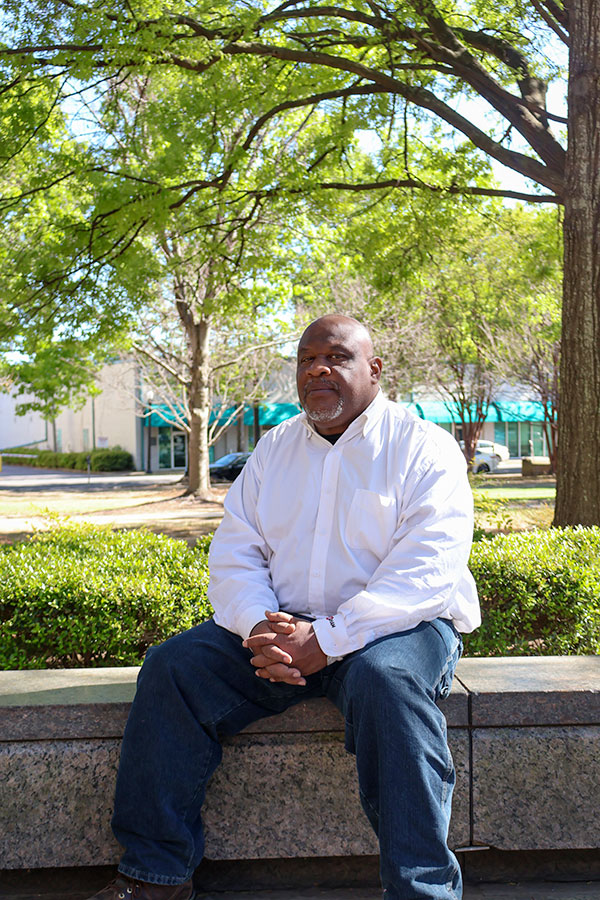
Mr. Barry McNealy Birmingham Civil Rights Institute Historical Content Expert
Photo: Normand Boulanger | Gentologie
He told us that Dr. Martin Luther King, Reverend Fred Lee Shuttlesworth, and the Southern Christian Leadership Conference (SCLC) were committed to this idea. However, Theophilus Eugene “Bull” Connor, the Commissioner of Public Safety for the city of Birmingham, wasn’t on that side. “He believed that force would change things and these young people’s beliefs,” added the Historical Content Expert.
On May 2nd, 1963, Minister James Bevel directed students to skip school, 50 at a time, to peacefully walk to Birmingham’s City Hall. This was called the Children’s Crusade (also known as “Foot Soldiers”), to talk to Mayor Art Hanes about segregation in the city, which, according to Mr. King, was the most segregated city in America. It was the children in place of their parents because under Alabama law and social oppression, the adults could face harsh penalties such as loss of their jobs and jail time if they protested the racist and segregation laws.
Almost 1,000 children, from 6 to 18 years old, were arrested on the first day, more than 3,000 in total during the Children’s Crusade (also known as foot soldiers). There were so many children that they needed county school buses to transport them to prisons, this was called the “D-Day.” “On May 3rd, called the ‘Double D Day,’ Mr. Bevel call for twice the number of young people to come out, and they came. They had a strong desire to provide freedom to their parents, and ‘Bull’ Connor knew he had to go further to stop this, so he asked the fire department to train the fire hoses on the demonstrators, which functioned at a minimum of 77 pounds of pressure per square inch.
But the hoses did not drench them; they set them on fire because it created friction like being stuck by millions of needles at a time, as the demonstrators said. But ‘Bull’ Connor being ‘Bull’ Connor, he asked for the pressure in the hoses to be turned up to 100 pounds, which, as I saw in footage, lifted trees from the soil. Adding to that, batons beating, and police dogs threatening. But the children marched into it for days. They could not give up because ‘Bull’ Connor wanted to ultimately break them, crush them, but they pressed on and began to get the attention of the wider world.”
As I sensed the voice of Mr. McNealy changing, I asked him if it was hard for him to speak of this. He answered: “There are times… it makes you angry to think of how… ordinary this was. Nobody stopped it, people knew this was happening, and… a lot had been going on for generations… frustrating thoughts… that when you talk about it so often, it kind of nails in with what goes on today. I can see some parallels in where people try to fight this with what took place back here in 1963… knowing this is ultimately the way I do, it is a frustration that I can only describe for you… it feels like sometimes it was all for nothing, and if we do not do something different, it will be…”
On May 5th, 1963, called Miracle Sunday, the attitude of the firefighters changed due to the Fire Department Chief, John L. Swindle. “As the demonstrators marched through the Birmingham jail, ‘Bull’ Connor ordered the fire department to hose the demonstrators, but nothing happened. The firefighters said they did not have any pressure in their hose, it was true… But they did not tell them it was because the hoses were not on. Chief Swindle saw what the hoses did in this park and he told his men in a secret meeting that ‘Bull’ Connor had lost his mind, and he would never use their hoses like that again. You see, it takes people like Swindle, Shuttlesworth, and Bevel to stand up when nobody stands up. This is what this movement was all about,” added the historian.
“When you think of revolution, you think of the American Revolutionary War, but the battle that was fought in this park was not fought with cannons and muskets, the battle that was fought here was fought with adherence to the principles of non-violence.”
– Barry McNealy
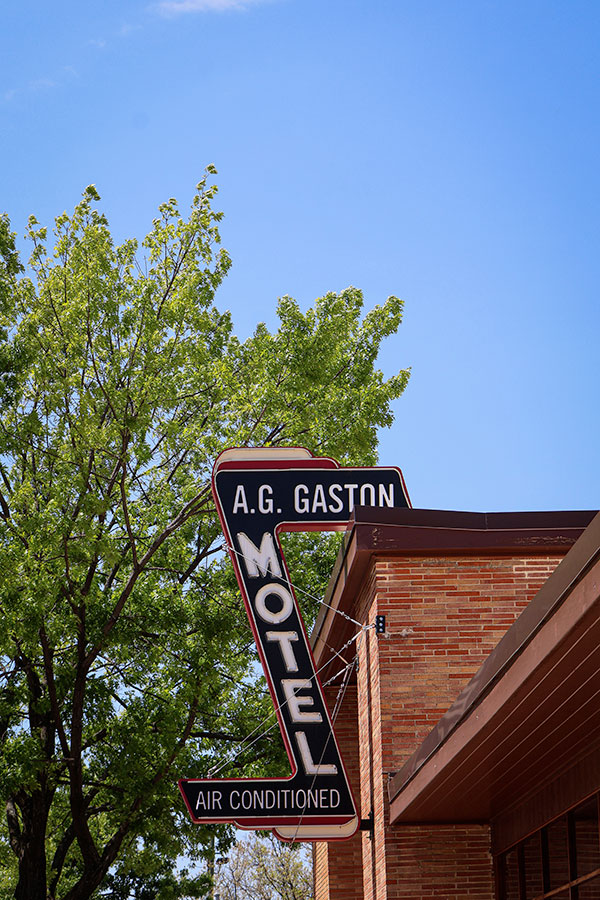
The A.G. Gaston Motel in Birmingham, Alabama
Photo: Normand Boulanger | Gentologie
As we continued our walk, Mr. McNealy told us: “On May 10, 1963, Birmingham decided that it was time to negotiate with the demonstrators. But as the city wanted to negotiate, they betrayed the Ku Klux Klan, as they wanted ‘Bull’ Connor to do what he always did, i.e., use violence to maintain the status quo. So they went to Alfred Daniel Williams King (MLK’s brother) house and bombed it. But they did not stop there. They went to the A.G. Gaston Motel, where the SCLC had their ‘headquarters,’ and where Dr. King was also affording Room 30 for his personal use when he was in Birmingham, and they bombed it too… the word got out that Dr. King was killed in Birmingham, but he was not [Editor’s note: At one point, the city was nicknamed Bombingham!].
The bombing was in turn met by large demonstrations by civil rights advocates in Kelly Ingram Park, even the folk singer Joan Baez, invited by Reverend Nelson H. Smith, who was told she was not allowed to go to the New Pilgrim Baptist Church because she was white; instead, she stood outside and played,” added Mr. McNealy. These actions convinced a reluctant Kennedy administration to propose sweeping reforms in the Southern United States as well as all over the country.
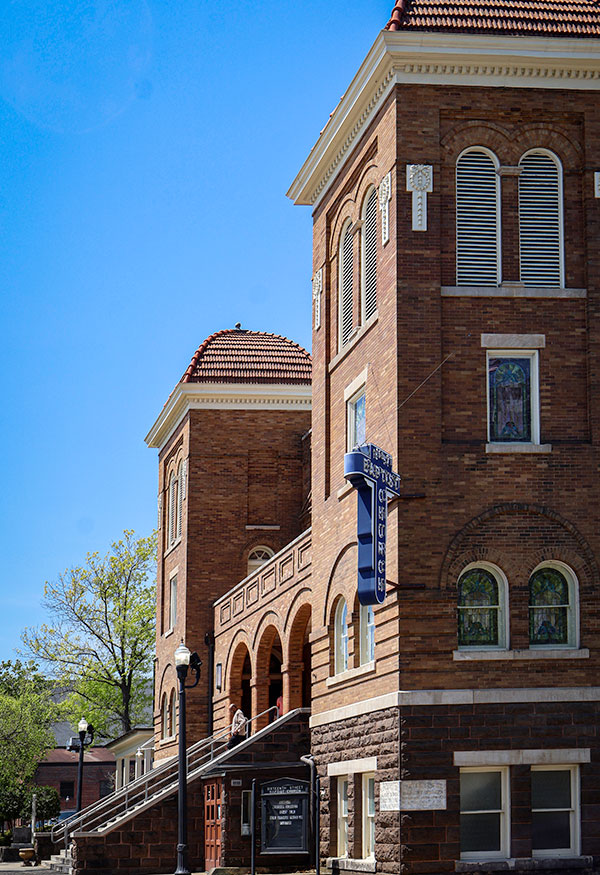
Side view of the 16th Street Baptist Church in Birmingham, Alabama
Photo: Normand Boulanger | Gentologie
But later, on September 15, 1963, at 10:22 AM, the 16th Street Baptist Church, in response to the advances of desegregation, was bombed by Ku Klux Klan members, killing four young African-American girls (Addie Mae Collins, age 14, Carol Denise McNair, age 11, Carole Rosamond Robertson, age 14, and Cynthia Dionne Wesley, age 14) in the midst of the Civil Rights Movement.
Those violent attacks would continue in the city of Birmingham. Even with these efforts to desegregate, the city continued slowly over the following months. But what happened in Birmingham created significant public pressure that helped lead to the passage of the Civil Rights Act of 1964, signed into law on July 2, 1964, by President Lyndon B. Johnson. And this leads us to today and the recent events…
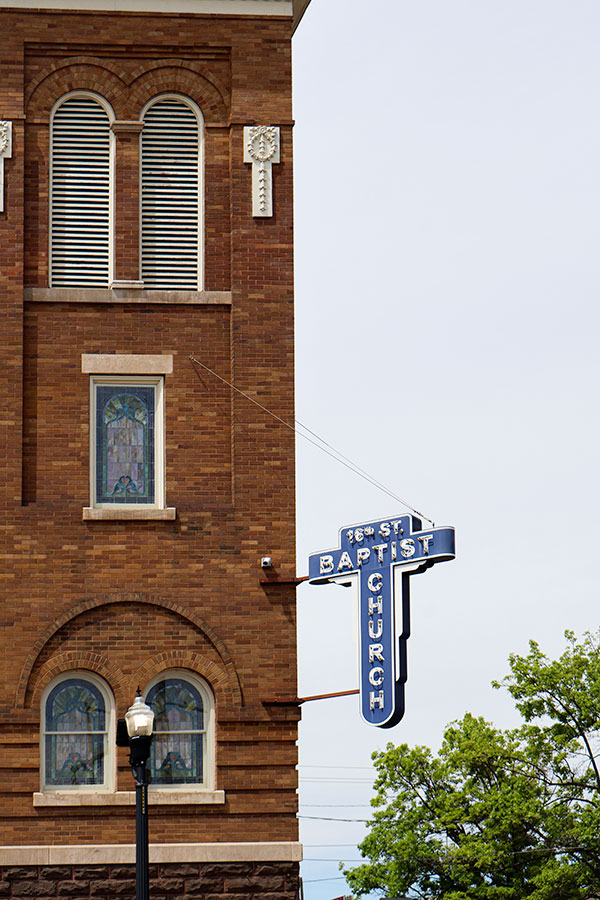
16th Street Baptist Church in Birmingham, Alabama
Photo: Normand Boulanger | Gentologie
These historical facts make me wonder about recent events in Southern United States, among other places. I only have to think of the events involving George Floyd and Breonna Taylor to bring tears to my eyes. Today, I’m still reeling from the conversation I had with Barry in Kelly Ingram Park in Birmingham, Alabama in the Southern United States. Now I understand.
In conclusion, I invite you to reflect on your life. Ask yourself how your daily life might be influenced if, among other things, your skin colour was different from the one you have today. Would it be the same as the one you live now?
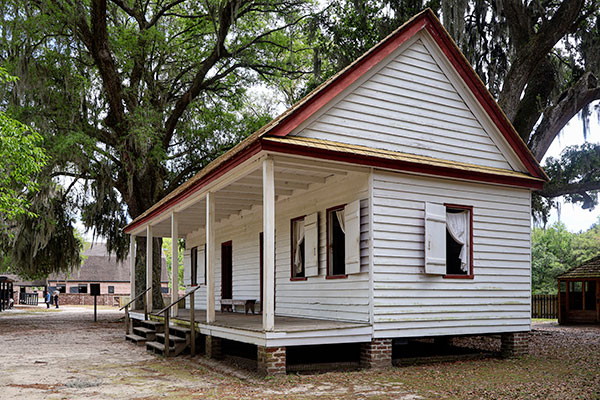
Eliza’s House at Middleton Place
Charleston, South Carolina, United States
Photo: Normand Boulanger | Gentologie
Note: As part of Middleton Place’s mission to share the stories of the enslaved people who made a way of life and an economic empire possible, the Middleton Place Foundation conducted a 10-year research project to reveal the names and stories of the more than 2,800 enslaved people owned by the Middleton family from 1738 to 1865. A permanent exhibit in Eliza’s House (an original house of the person to live there, Eliza Leach [1891–1986]), a book, and documentary film explore the lives, families, and contributions of some seven generations of enslaved people in the Southern United States plantation.
The Southern United States destinations that welcomed us for this article
Thanks to Travel South USA, the Reach Global agency and all the tourist offices that gave us such a wonderful welcome in the Southern United States area.
- Alabama Travel
- Greater Birmingham Convention & Visitors Bureau
- Explore Charleston
- Huntsville/Madison County Convention & Visitors Bureau
- South Carolina Office of Tourism
Cover photo : Elizabeth MacQueen’s “Four Spirits” Monument at Kelly Ingram Park, Birmingham, Alabama by Normand Boulanger for Gentologie


